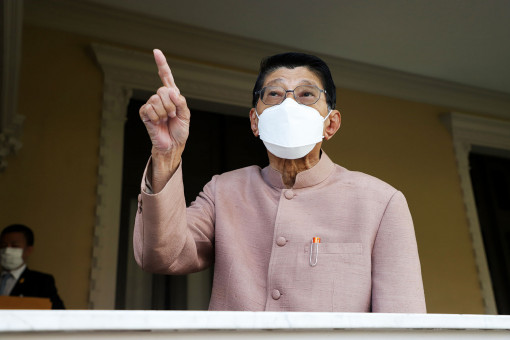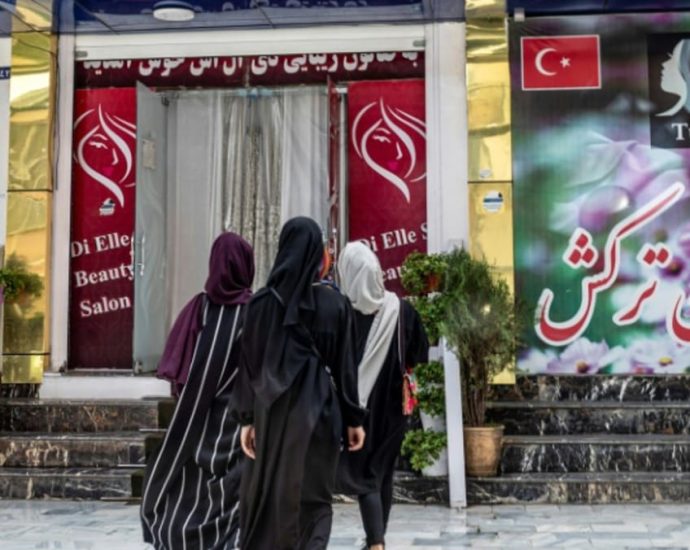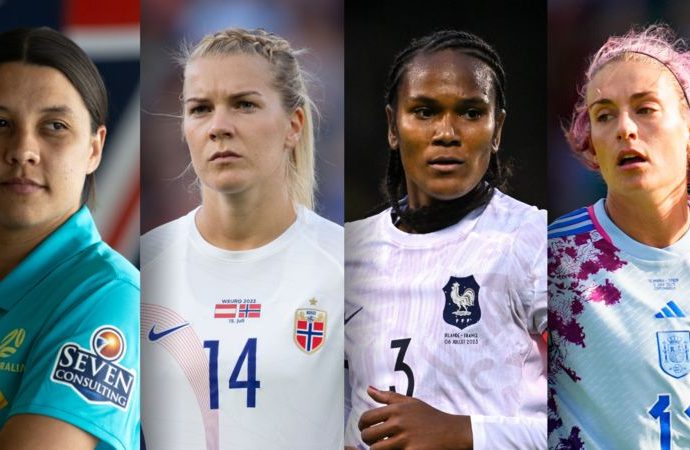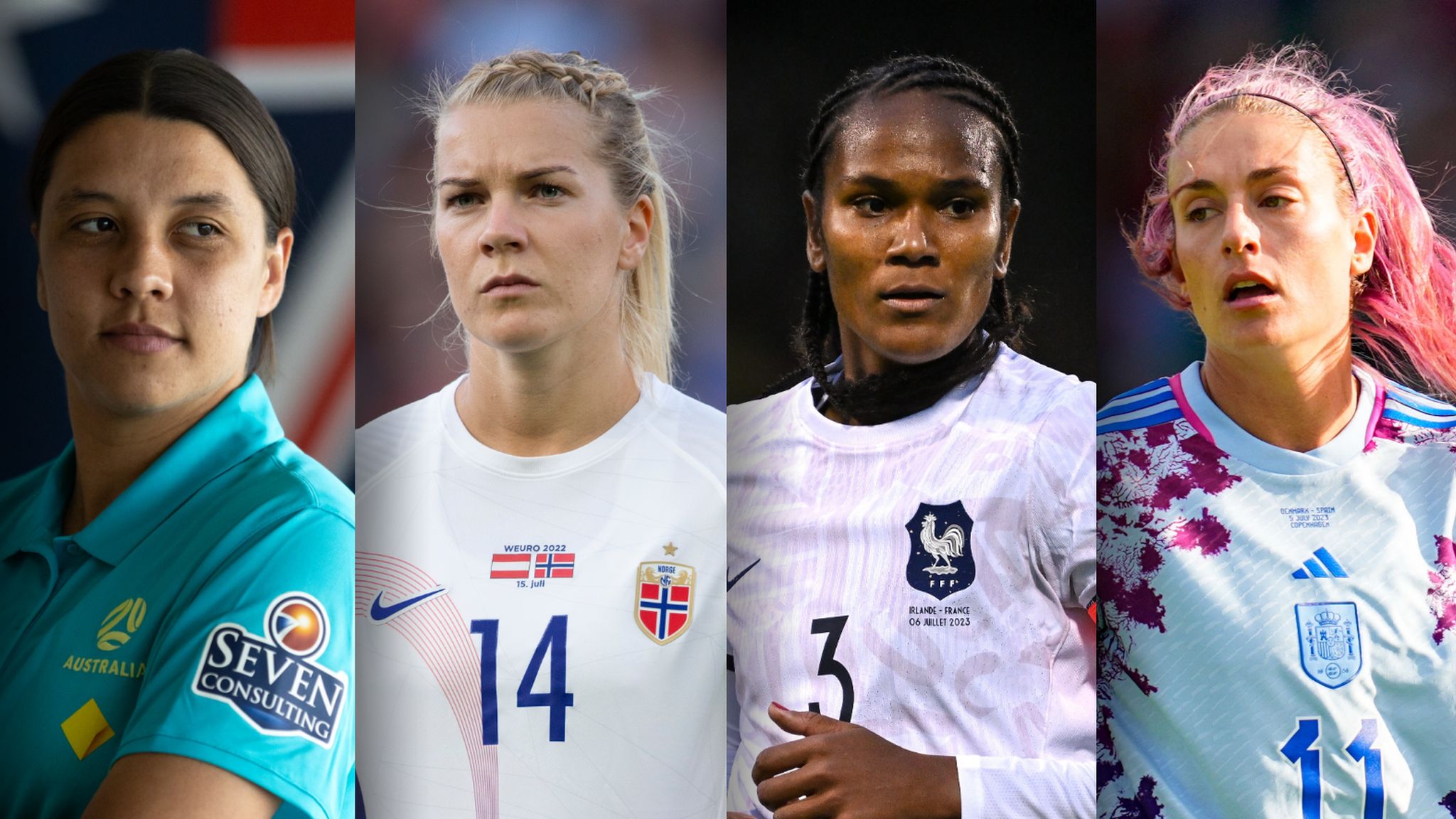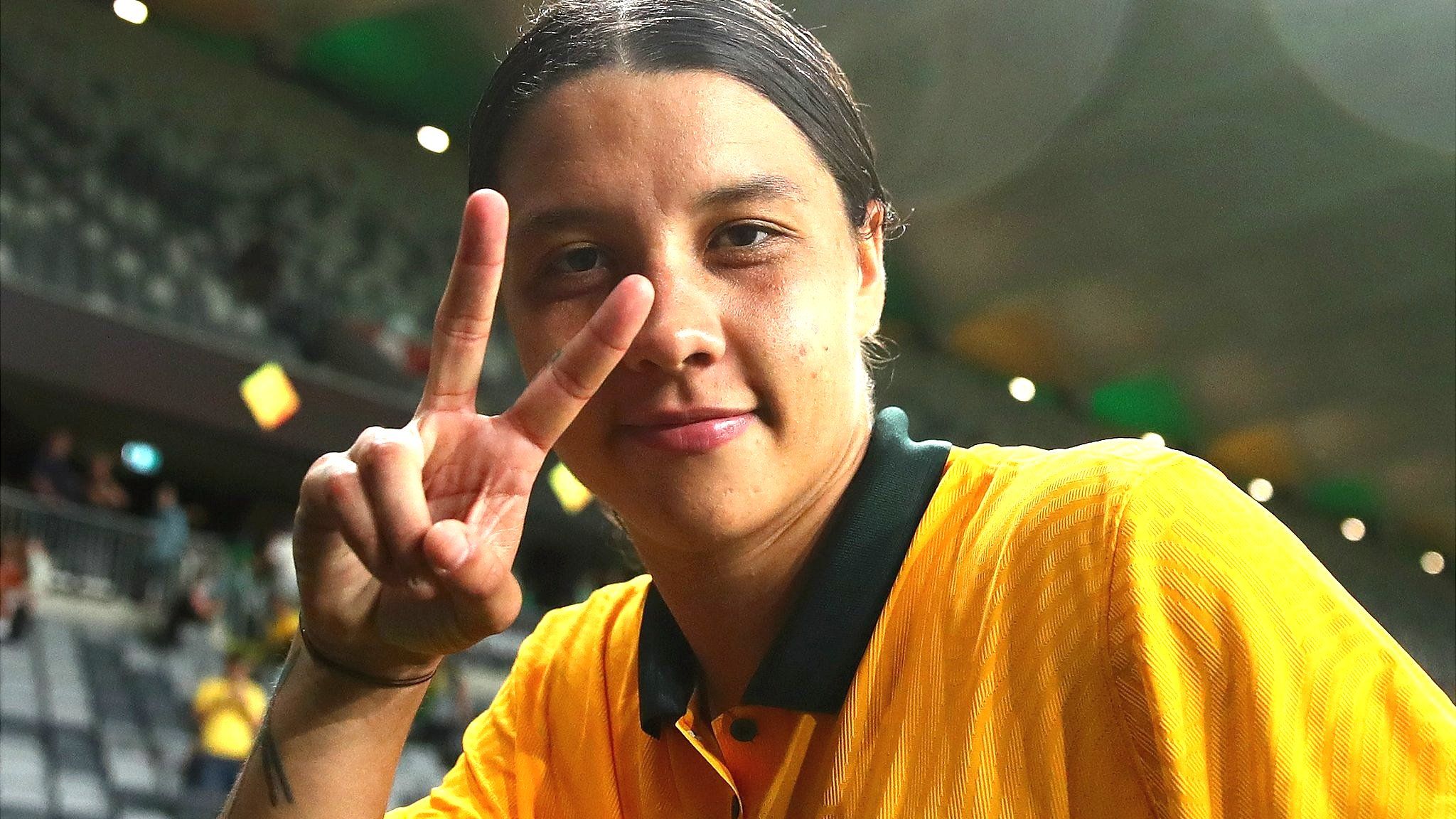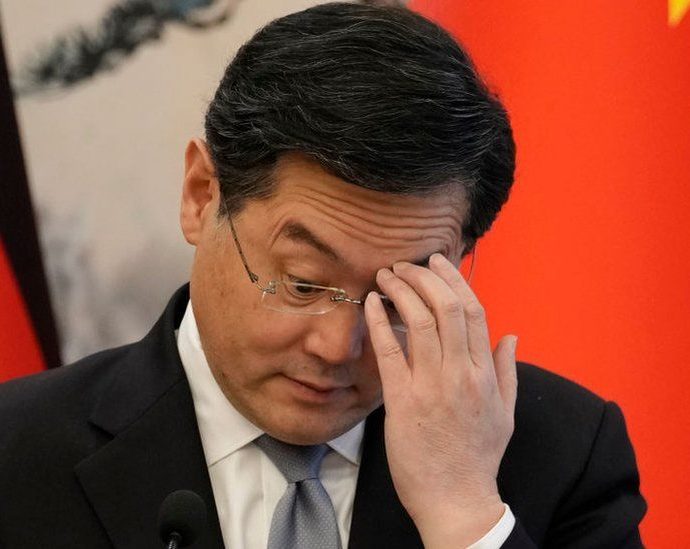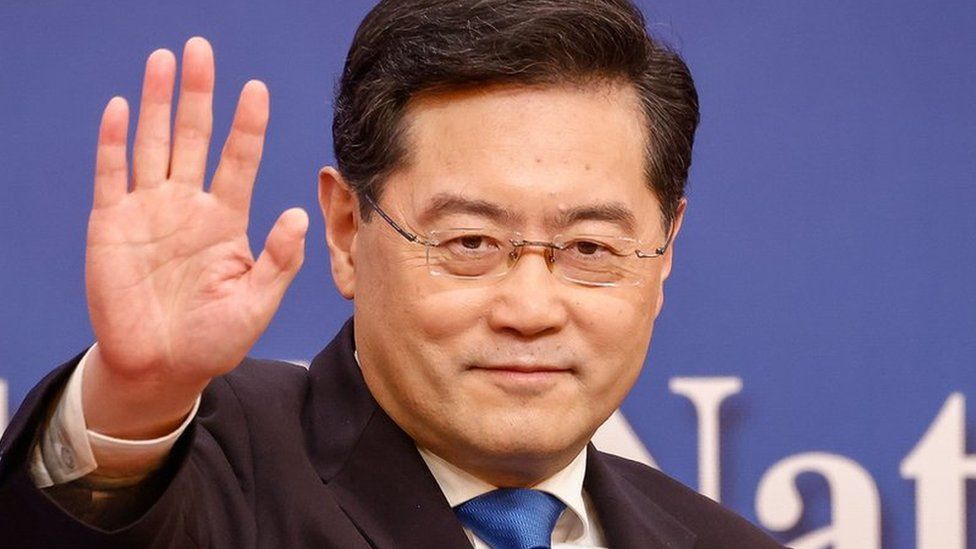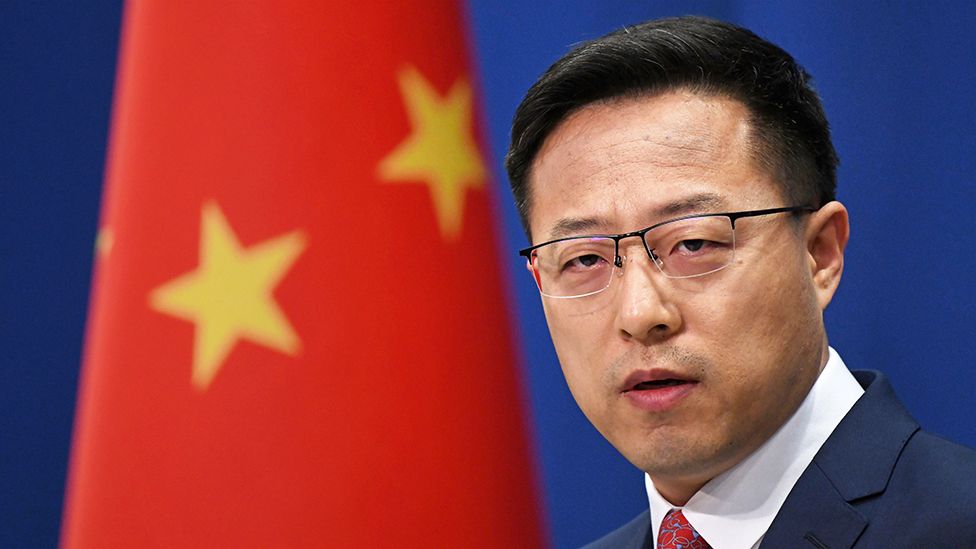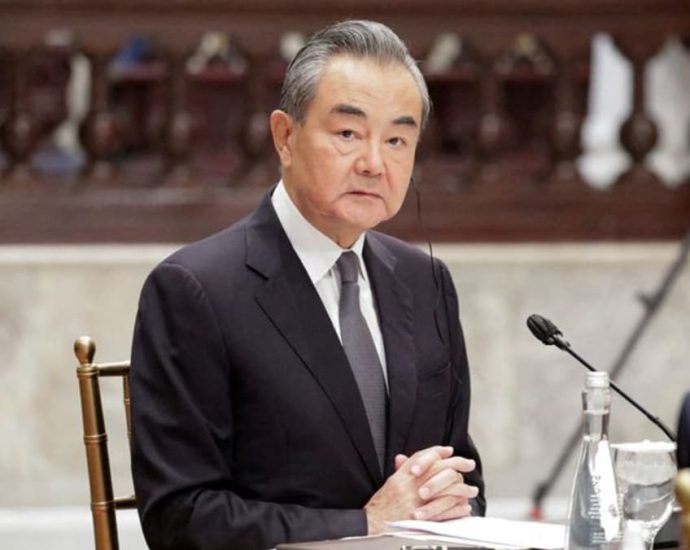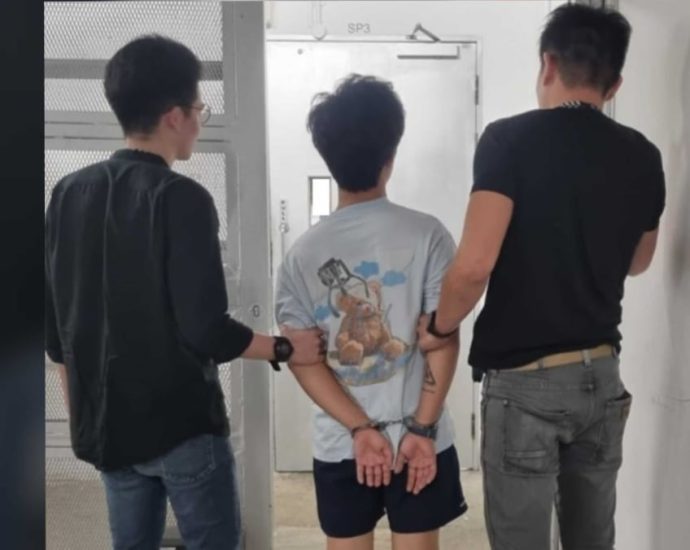GICâs annualised real return at highest since 2015; to invest more in infrastructure amid economic headwinds

Apart from sticky inflation and chronic geopolitical risks, GIC sees disruptions to businesses arising from the shift to a regime of higher interest rates, along with the emergence of generative artificial intelligence (AI).
Asked what that would mean for future returns, Mr Lim said: “We have been warning about lower returns over time.
“Even for the 20-year number, it’s hard to foretell what that number is (year to year). But generally, the investment environment is uncertain … so I think it is better to assume that the return prospects are challenging.”
INFRASTRUCTURE OPPORTUNITIES
GIC said investments into infrastructure would provide opportunities for “inflation-protected returns” and was one way to navigate the uncertain environment.
This is because several aspects of infrastructure, such as rental income, are “inflation-linked”, said GIC’s group chief investment officer Jeffrey Jaensubhakij. Infrastructure is also tied to essential services such as utilities, which remain much needed even in an economic downturn.
“So that stability is actually quite valuable, as we go into an uncertain environment,” he said.
In particular, GIC is “focused on businesses which generate stable, predictable and often times have inflation-linked cash flows across macroeconomic cycles”, said Mr Ang Eng Seng, chief investment officer for infrastructure.
This generally includes businesses that are regulated, have long-term offtake contracts or are in segments with high barriers to entry, he added.
Opportunities in infrastructure are “large and growing” due to factors such as energy transition and the digitalisation of the economy. These two trends have led to the need for new infrastructure like fibre networks, data centres as well as green power generation and storage, Mr Ang said.
GIC has increased the size of its infrastructure portfolio by five times since 2016, with an annual deployment pace of US$10 billion (S$13.3 billion) to US$20 billion in new commitments a year. These investments are highly diversified and spread across six continents, according to Mr Ang.
This ramp-up in infrastructure investments could be seen in the increased composition of real estate in GIC’s portfolio, which went up to 13 per cent from 10 per cent.
Elsewhere, allocations to emerging market equities inched up by one percentage point to 17 per cent, while that of developed market equities was cut by one percentage point to 13 per cent.
Nominal bonds and cash, which are generally seen as safer investments, still accounted for the biggest share of the portfolio at 34 per cent, although that marked a drop from 37 per cent a year ago.
Allocation to inflation-linked bonds and private equity remained unchanged at 6 per cent and 17 per cent, respectively.
Deputy PM returns B400m from Chinese gang to Beijing
PUBLISHED : 26 Jul 2023 at 04:00
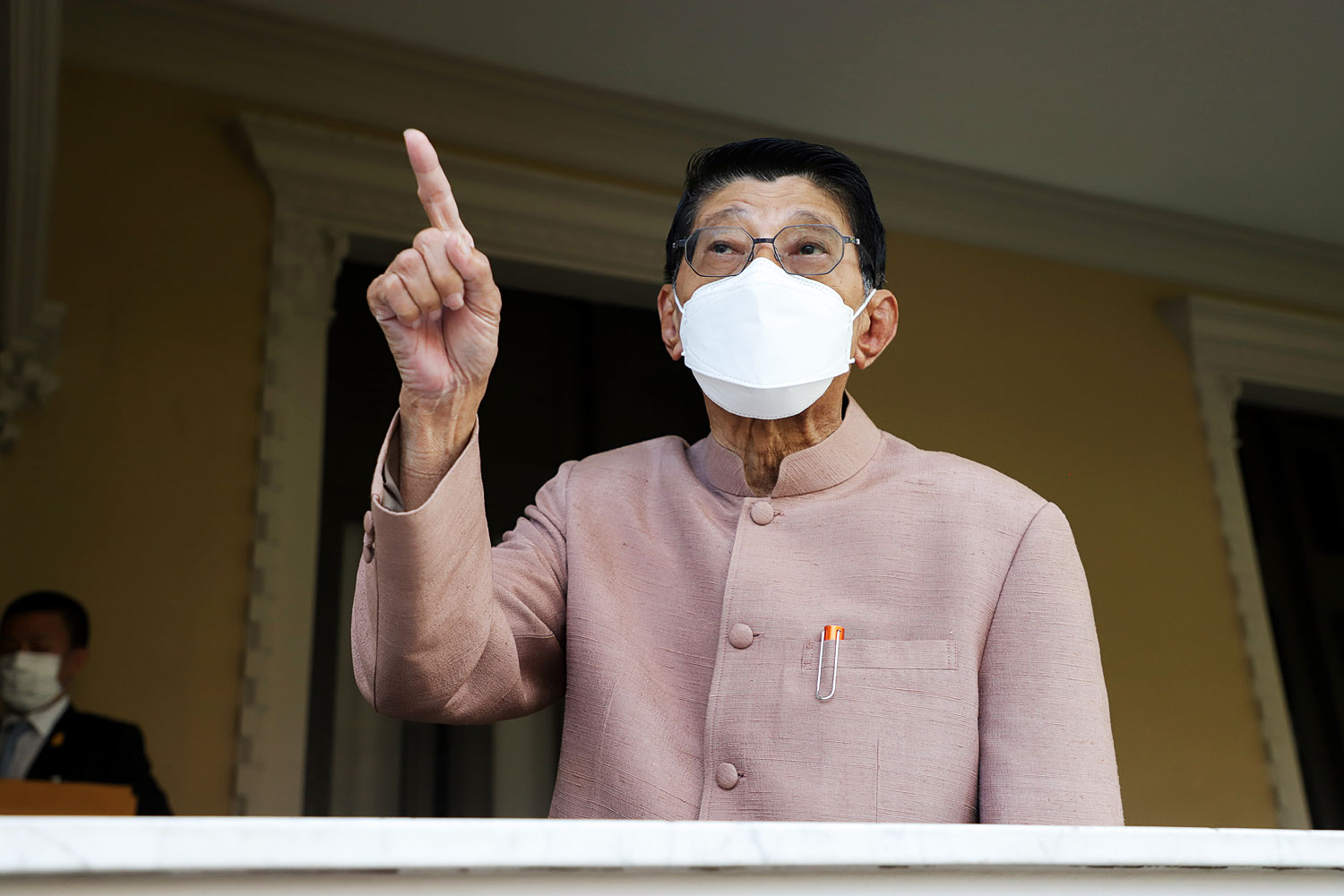
The government has returned about 400 million baht seized from a Chinese online scam gang to the Chinese government, Deputy Prime Minister Wissanu Krea-ngam said on Tuesday.
He said he and his team went to Beijing to return the money to their Chinese counterparts after officials from the Anti-Money Laundering Office (Amlo) and police arrested the gang living in luxurious condominium units in Bangkok last year.
He said Amlo reported that the gang lured about 33,000 Chinese people into investing in an e-commerce business in China. After getting their victims’ money, the scammers fled to Thailand and used the money to buy property.
After the scammers were arrested and charged last year, their assets were sold for about 400 million baht, he said, adding the government told Beijing they wanted to return the money to the victims via the Chinese government.
Mr Wissanu said the money was handed to Minister of Public Security Wang Xiaohong when the two met in Beijing on July 19.
“We are pleased to learn from the minister that it is the first time that the Chinese government has received damages caused by Chinese scammers from the government of another country,” he added.
Beijing extended its gratitude by offering two fellowships to Amlo officials every year.
Mr Wissanu said more such cooperation in law enforcement and security will be looked at in the future.
DPM returns B400m from Chinese gang to Beijing

PUBLISHED : 26 Jul 2023 at 04:00
The government has returned about 400 million baht seized from a Chinese online scam gang to the Chinese government, Deputy Prime Minister Wissanu Krea-ngam said yesterday.
He said he and his team went to Beijing to return the money to their Chinese counterparts after officials from the Anti-Money Laundering Office (Amlo) and police arrested the gang living in luxurious condominium units in Bangkok last year.
He said Amlo reported that the gang lured about 33,000 Chinese people into investing in an e-commerce business in China. After getting their victims’ money, the scammers fled to Thailand and used the money to buy property.
After the scammers were arrested and charged last year, their assets were sold for about 400 million baht, he said, adding the government told Beijing they wanted to return the money to the victims via the Chinese government.
Mr Wissanu said the money was handed to Minister of Public Security Wang Xiaohong when the two met in Beijing on July 19.
“We are pleased to learn from the minister that it is the first time that the Chinese government has received damages caused by Chinese scammers from the government of another country,” he added.
Beijing extended its gratitude by offering two fellowships to Amlo officials every year.
Mr Wissanu said more such cooperation in law enforcement and security will be looked at in the future.
Yang Lan interviews academics on AI development

[embedded content]
Since ChatGPT, an artificial-intelligence chatbot, debuted last November, academics have been debating whether AI will be mankind’s savior or terminator.
In a panel discussion, Yuval Noah Harari, a historian, philosopher and best-selling author, shared his views about how AI will change the world. Zhang Yaqin, director of the Institute for AI Industry Research at Tsinghua University, and John Hennessy, winner of the 2007 Turing Award, said AI technology, if used properly, can help improve the quality of people’s lives.
Yang Lan, one of China’s top TV journalists and entrepreneurs, partners with Asia Times to showcase the groundbreaking series “Yang Lan One on One.” Yang reveals the victories, wisdom and breakthroughs of the many global luminaries she has interviewed.
Learn how these trailblazers – from movie stars, scientists and economists to entrepreneurs and government leaders – have ignited social progress throughout the world.
Asia Times is the distributor of the series.
Episode 1: Yang Lan interviews Michelle Yeoh – One on One
Episode 2: Yang Lan interviews Donnie Yen – One on One
Episode 3: Yang Lan interviews Xie Zhenhua – One on One
Behind âRiot Islandâ: Filmmaker talks Singapore prison documentary
Almost 60 years ago to the day, a Singaporean effort to create a model prison came to a burning halt.
Once heralded as a potential blueprint for a more humane kind of incarceration, the penal colony on the island of Pulau Senang quickly became synonymous with chaos and bloodshed. In 1963, the detainees held on the island revolted, burning the structures they’d built themselves and murdering British Superintendent Daniel Stanley Dutton and three other warders.
Though the riots garnered international coverage, the story quickly became muted, eclipsed in the wake of Singapore’s independence two years later. It was this slipping from collective memory that intrigued British director and producer Tom St John Gray, a long-time resident of the city-state who sought to unearth the story of Pulau Senang for modern audiences. The two-part documentary, Riot Island, devised and produced by award-winning Singapore-based Peddling Pictures, aired in October. It was commissioned by broadcaster CNA and is now available to watch on CNA Insider’s YouTube platform.
“[In the middle of] a well-told Singaporean narrative of a nation emerging from colonial order was kind of an almost unknown story,” he told the Globe. “As a filmmaker, you’re really drawn to something that’s faded from history.”
In an interview, St John Gray shared more about the process of uncovering history and sharing the story of Pulau Senang with the world.
What was it that drew you to the Pulau Senang prison island and inspired you to tell this story?
In the 1950s and 1960s, there’s this well-told Singaporean narrative of a nation emerging from colonial order, the end of empire, and Singapore’s road to self-rule and independence. And then, across that sort of decade, there was the merger [with Malaysia], separation, race riots, Konfrontasi, all seismic events.
[And] the middle of all these, these very well-known events was [an] almost unknown story, very self-contained, happening on an island in Singapore.
I felt as a filmmaker, as a storyteller, it always felt Shakespearean – this grand tragedy playing out on this sort of mysterious, almost mythical island. It was full of hope and ambition and ended in hubris and death.
When we started to make this documentary, at the beginning, I spoke to lots of people and the majority of people had never heard of it before. And so that’s obviously as a filmmaker, you’re really drawn to something which kind of feels very interesting and intriguing. Why has it faded from history? And it was a major event at the time, which is a curiosity in itself. Why did something which was always in the newspapers, always in the headlines, it was a coffee shop talking point that faded from consciousness.
Did you discover the answer? Why did the story of Pulau Senang fade from public consciousness?
It kind of got moved out of the hierarchy of trauma, I guess, of Singapore in the 1960s. But I also do think it’s really telling when you look at the pedigree of the island, in a sense, that it was spearheaded by a number of people, including (future third president of Singapore) Devan Nair.
And later on, when it came to fruition, this island was visited by the VIPs, the great leaders of the time. Prime Minister Lee Kuan Yew, the president, all who at that time [were] young politicians, they’re coming to this full of hope. So I think the unmitigated disaster that erupted just two years later must have been a very deep cut. If you pay so much money and attention towards this project and it fails so cataclysmically it must have been very difficult at the time to reconcile that. It was a terrible disaster that smashed a lot of hopes and dreams. And so, in some sense, there’s an element of historical amnesia – why would you want to remember this story?
Do you think the attack on British Superintendent Dutton can be viewed as a microcosm of wider attitudes and resentment towards British colonial rule?
Dutton was a man of the colonial era of the British Empire, a system that believed in British rule. He’s obviously married to [Malay-Singaporean fashion designer] Vicky Dutton [so] had a connection to this Malay world and he also spoke Hokkien. So that was interesting, in a sense, as to how Dutton is seen.
Certainly some people we spoke to said Dutton would have been a target because he was symbolised as Britain, British rule. But I think that’s a difficult one to know about ever finding any specific evidence. Very grisly ends were meted out to the other three men who died, so I certainly would advocate that maybe these are just people in positions of power.
These are gang members who had their own power on the mainland, and they were taken to his island and were all pretty much rendered powerless. So you would look to those people who are wielding that power, who are calling the shots, and I think whoever would have been in that position would have been hated or reviled by a group within the island.
What do you think it was that ultimately triggered his death?
The fact that he lived on the island in the early days in a tent alongside the men and the fact he seemed to have the respect for the men at the beginning shows that perhaps the problem was the corruption that happened later on, the corruption of the guards, maybe the corruption of his mind as accolades and honours grew up around him. It was already a gold star prison [and] rehabilitation centre, but Dutton was driven to overreach. And I think that’s what triggered his demise.
You spoke to some of the last surviving detainees of Pulau Senang. What did they share and what did you learn from their stories and experiences?
What’s really fascinating is that when you talk to these people who’ve been there, they are very matter-of-fact, they had witnessed all of this, but it was something that was very much of their experience. But what I also noticed was that the trauma that lingers from this was very much alive. Lots of people we spoke to, who would not talk on camera, [this is] still very heavy for them, this is something that was within them and their families today.
People felt worried about talking about secret society members or the events that might have happened and no matter if those threats exist now or not, it just shows that they were lingering. There was something that was so seared into their memory, seared into their psyche.
Tell me a little bit about the process of sharing those stories and making the documentary.
Peddling Pictures wanted to make a series that was research-heavy and rich in historical detail. The team had this whiteboard where we wrote down the names of all 18 men who were executed, but also alongside that other key men who were part of the group – obviously Dutton and some of the officers – and we really put that as a marker of who we could find, who still exists today. So that became our motivation: there must be people around who are willing to talk to us who can give us a new perspective on this.
We set out to track down these people and that took months of everything from going into the traditional routes, like going into libraries, looking at files, reading books, to trawling through social media and genealogy sites. And that’s how we found Michael [Dutton], through a genealogy site, and we found other members of the Dutton family on a Facebook post.
Episode One is more complimentary about Dutton and his achievements and Episode Two shows the darker side emerging. And that was important, layering in historical documents, historical facts and events, kind of getting a sense of the story but also not letting it be bogged down by too much history.
How did you approach the reenactments of the riots?
Peddling Pictures filmed the drama reenactments in Thailand with a large cast and crew, and with locations, props and wardrobe that needed to look historically accurate. There were many team discussions about how to correctly depict the terrible death and destruction that later ensued. I think what was really important for us was to say this was an island with a name that translates to “Island of Ease”. There was this tranquillity which was then jolted into this absolute carnage, this sort of eruption. People met their end and in a very grisly way.
But also there were scores and scores of guards and people around who were very badly injured, who survived but had terrible injuries. So I think it was really important for us to show this kind of jolting violence to take the audience into why it was so shocking. And I think if you don’t have those moments of carnage, it’s hard to understand why down the line 58 men would face potential death penalty and why 18 men were sent to the gallows.
The documentary was a three-time winner at the recent New York Festivals TV & Film Awards 2023 in April. How have you felt about the reception of the “Riot Island’ documentary?
What was really heartening was that when you make history documentaries, you try and make it for a broad audience. You don’t just want history buffs, you want to attract people from across the gamut. And I think [it reached] people who weren’t normally interested in 1960s Singapore history, people from across different generations. It felt like a fresh take on the era, something they hadn’t heard before.
And getting these accolades, it was really heartening to realise that something very local can be recognised on a global level. It showed there are so many interesting facets out there about Singapore that have not been told, it’s a really rich history with lots of themes and stories that need to be shared. It wasn’t just a Singapore story, it was a story relatable to everyone, a story of great promise, great tragedy and with this very bloody retribution at the end.
What, with decades of hindsight, would you say is the main lesson learnt from the Pulau Senang riot?
You could learn about law and order, about having the right people in the right job. But for me, the reason it’s so tragic is there’s this question: “What if?”
In the first year, we see there’s a huge success rate, detainees who were rehabilitated. And obviously we now know with hindsight, that that’s not so rosy, because these men were detained without trial and they were essentially used as workhorses. But, with that in mind, what if? What if Dutton hadn’t pushed them too hard? What if he had set in motion this incredible infrastructure, where men could work on the island and be able to really contribute something meaningful to society? And my final feeling is: would the Singapore system be different today because of that?
Taliban makeover: Afghan women despair over beauty parlour ban
KABUL: Shirin booked her bridal makeover weeks ago, but instead of relaxing as beauticians pampered her, everyone in the Kabul salon was on edge, ready to hide the bride should the police appear. Shirin was the last customer at a salon in Afghanistan’s capital, one of thousands across the countryContinue Reading
2023 Women’s World Cup: Australian football suffers despite Matildas
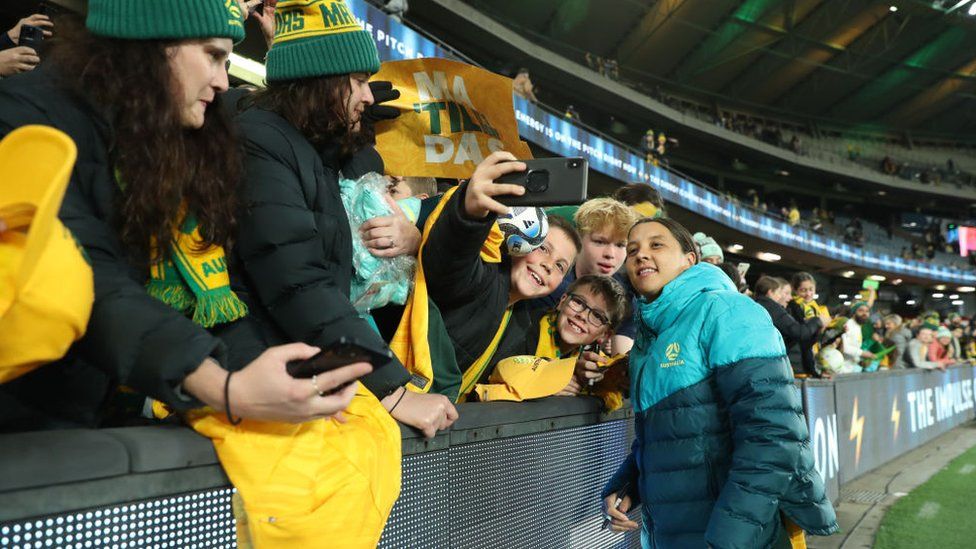 Getty Images
Getty ImagesJust 50 years ago, Australia was so indifferent to its first national women’s football team that only recently did it actually begin figuring out who was in it.
And yet, these days, Matildas captain Sam Kerr is the face of football in the country – something unimaginable for a female player even a decade ago.
So watching her beloved team kick off their World Cup campaign on home soil, you’d be forgiven for thinking that women’s football in Australia is fast catching up with the men’s game.
A green and gold sea of more than 80,000 cheering fans filled the Sydney stadium, while almost two million more were glued to their screens across the country.
Demand for tickets for last Thursday’s match was so great organisers had moved it to a venue almost double the size, and before the tournament even opened the Matildas had sold more jerseys than the Socceroos managed during – and since – last year’s men’s World Cup.
But the Matildas’ growing profile obscures a women’s game which in Australia is often still left to beg for scraps from the men’s table.
“The Matildas’ success is definitely despite the structures and environments that exist here in Australia, not because of them,” Samantha Lewis – one of Australia’s top football journalists – told the BBC.
From the ground up
Former Matilda Sarah Walsh, who is now the head of women’s football at the national governing body, says the women’s game has been suffering from a century of neglect.
The first official women’s football match took place in Australia in 1921, but by the end of that year associations around the world had followed England’s lead in deeming the sport an endeavour unsuitable for women.
For 50 years women’s football was effectively banned nationwide, and for much of the other 50, it wasn’t a priority.
“Our game [is] so underdeveloped, we’re almost starting from scratch,” Ms Walsh told the BBC.
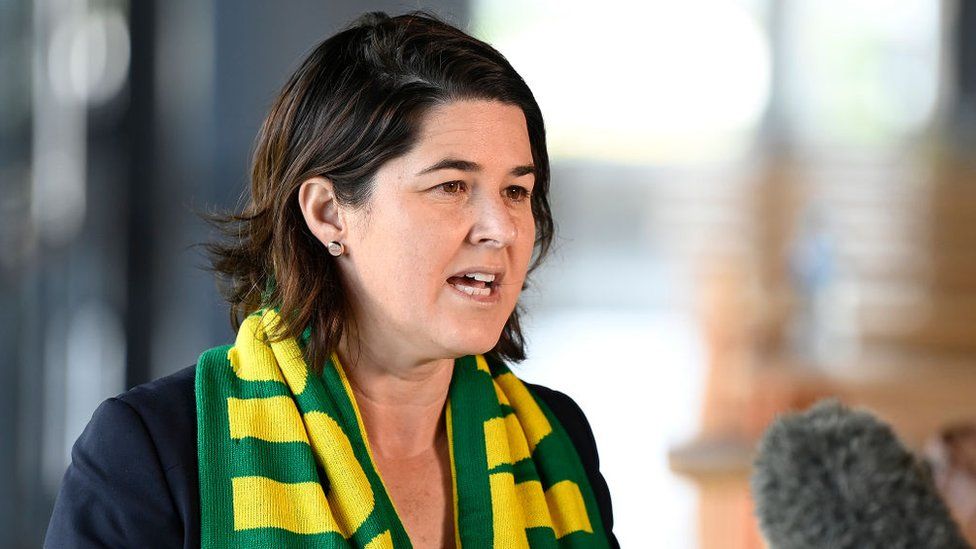
But female participation has become the fastest growing area of the game – expected to spike even more thanks to the Women’s World Cup – and Football Australia wants to achieve gender parity by 2027.
Four years short of that deadline, three-quarters of players remain male. Like most sports, football leagues across the country have been struggling to retain women and girls.
The inequality they face when starting out at grassroots level is still well entrenched.
Female players say they’re turfed off the best fields and time slots. Many teams report subsisting on meagre support, with referees and club officials – like coaches – prioritised for men’s teams. And research shows at least 96% are forced to wear ill-fitting uniforms made for men – often hand-me-downs.
At many clubs, women don’t even have their own changing rooms.
Simple things like freshening up after a game or managing their periods become a battle for privacy. Often there are too many urinals, not enough cubicles, and the showers – if they even have doors – don’t lock.
When Jaya Bargwanna started playing football, it was a barrier she quickly became acutely aware of.
Instead of using half time to recoup with her teammates, the new mother often spent the 15-minute break running around, trying to find a quiet and safe place to breastfeed her daughter.
“At most places that means you sit in the back of your car,” she told the BBC.
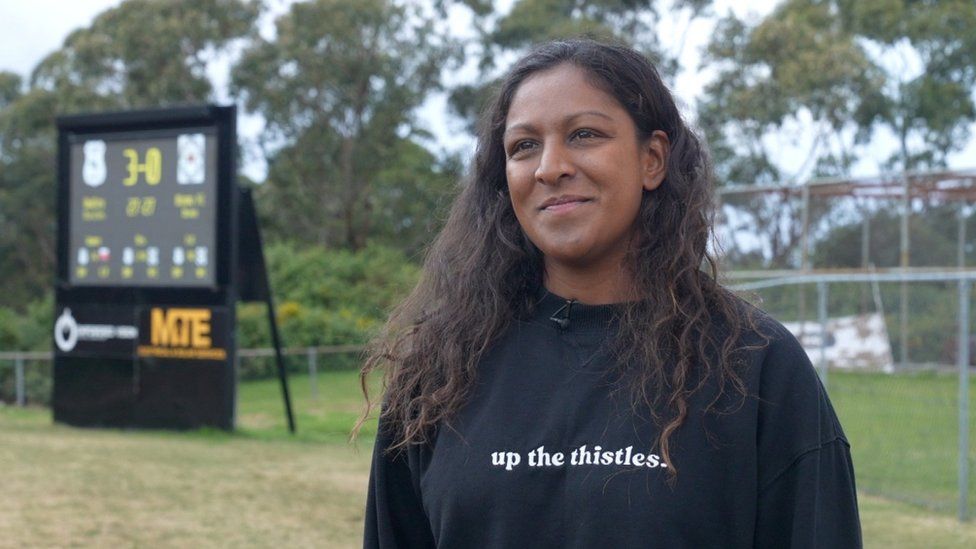
Ms Bargwanna’s club has recently made a concerted effort to change – from building new, government-funded change rooms to erecting a scoreboard that includes the achievements of women’s teams.
They’re basic gestures – but they feel massive, Ms Bargwanna says.
“It shows… not only are we part of a club, we’re important to the club.”
‘Is a career even worth it?’
But it isn’t just the everyday inequalities that deter female players – many struggle to see a professional future in the game.
Elite training opportunities for women and girls in the country are scarce, and pathways to the top unclear and convoluted.
For example, Ms Lewis says, in the A-Leagues – Australia’s only professional competition – almost every club has a youth academy to turn boys into stars. But for the girls it offers only two.
That can leave hopeful players like Madi Wright feeling lost and disillusioned.
As a child hell bent on keeping up with her older brothers, she fell into football, and fell in love.
Tiny but talented – earning her the on-field nickname of Mighty Mouse – Ms Wright had lofty ambitions.
“My number one goal was always to play for the Matildas,” she told the BBC.
“I felt like playing soccer was my purpose in life.”
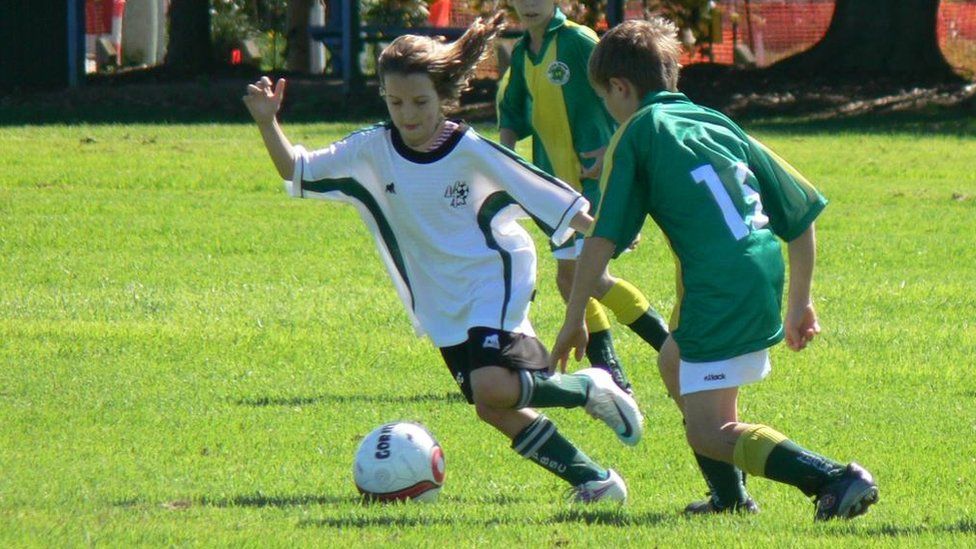
But as she grew older and more skilful, she also grew discouraged.
Frustration at the discrimination female players faced, from the sexist jokes to the opportunity drought and lack of recognition, ate at her resolve.
And by the time her possible break finally came, in the form of an offer to join a football college in the US, she feared chasing her dream would be a fruitless and expensive pursuit.
It felt like she was faced with leaving her friends and family in Australia or shelving her dream. She chose the latter – a decision she now regrets.
“I had a little voice in the back of my head telling me that I might not even be good enough to go all this way and spend all this money.
“I kind of got to a point where I was like, will it even be worth it?”
It’s a familiar conundrum for many promising female players, as often even those who ‘make it’ still struggle to earn a living.
In 2019 the Matildas inked a landmark equal pay deal – a phenomenal achievement considering just six years earlier the players were still required to wash their own uniforms.
But for women in the A-Leagues, football remains a part-time, semi-professional endeavour.
The players union says most earn around the minimum wage, which last season was about A$20,000 (£10,500; $13,500). They are forced to juggle extra jobs – and often study – with their playing careers, while the top male player in the A-Leagues pockets A$2m.
And the women also have shorter seasons – meaning less game time, and less chance to develop than both their male counterparts and international peers.
“It’s no coincidence that our current World Cup squad is made up almost entirely of players who play for clubs outside of Australia, where they’re given the resources, pay, and facilities to be full-time athletes,” Ms Lewis says.
A similar story is reflected in the ranks of female coaches, referees and administrators. Only one in five football coaches across Australia are women – at the elite level, it’s just three – while only 13% of all match officials are women.
World Cup a turning point
These are issues Football Australia knows it needs to address. Infrastructure, career pathways and female participation throughout the entire game are all identified as key areas where improvement is needed to cement the legacy of the Women’s World Cup.
But the key issue – their root cause – is the same which suffocated the women’s game a century ago.
“The biggest inequality of all [is] the ongoing cultural assumption that women’s football is not worthy of equal funding, visibility, or treatment,” Ms Lewis says.
“We’re still having to reshape beliefs and attitudes towards women’s place in society,” Ms Walsh adds.
And that is where the Matildas progress is most pronounced.
The team has busted the myths about the quality of women’s sport, the audience for it, and the money it can make – in fact the Matildas are now a stronger brand than the Wallabies, Australia’s national rugby union outfit.
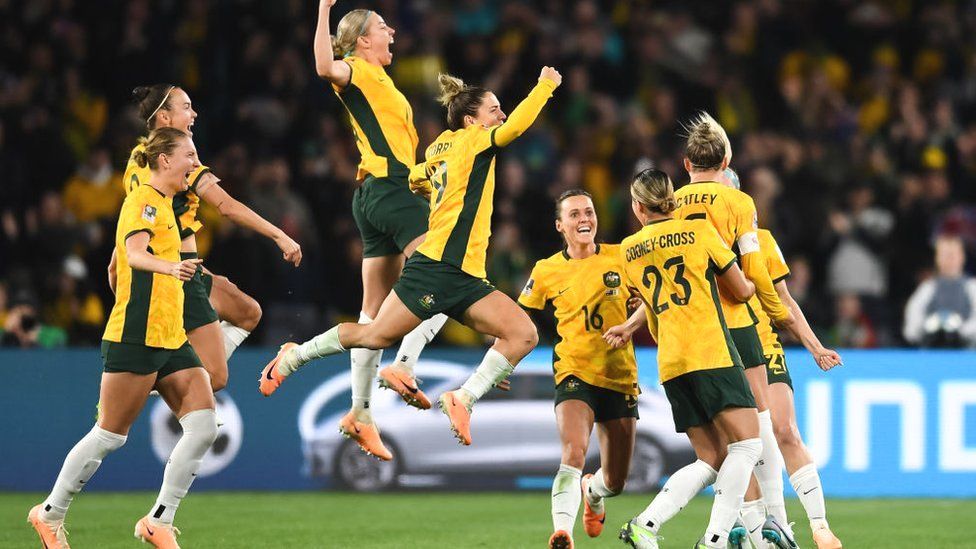
And so while the breakthroughs at the Matildas level are largely yet to flow through all levels of the game, change is coming, Ms Walsh says.
“Everyone [is] pulling in the right direction.”
For Ms Wright, now 22, much of that change will come too late. But the Matildas success has given her the courage to try and work towards a professional football career again – despite the odds.
“I think I’ll always have that dream – to be realistic with myself, it’s possible, but right now it’s very very hard in Australia.
“But maybe for the little Madis in Australia, this gives them some more hope for the future.”
-
-
6 November 2019
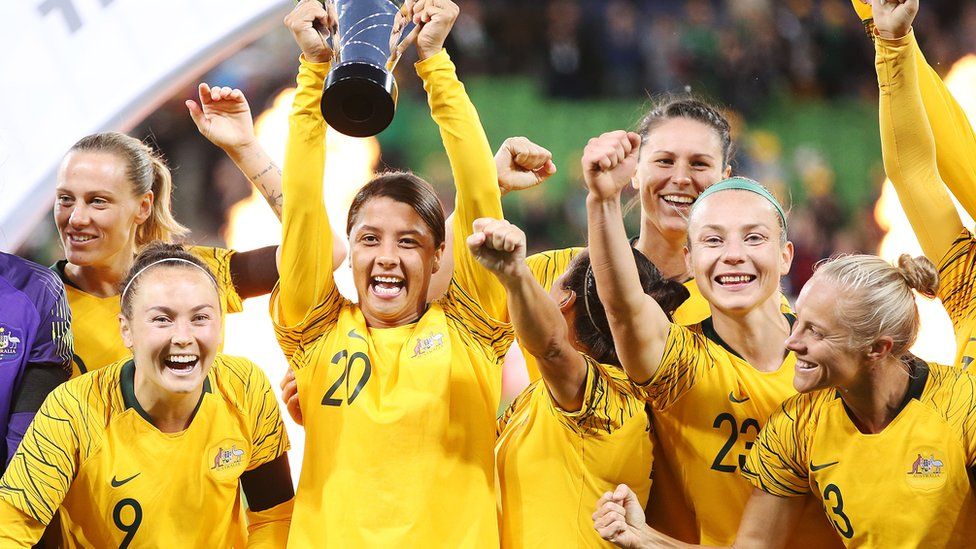
-
Qin Gang: The abrupt fall from grace of China’s rising star
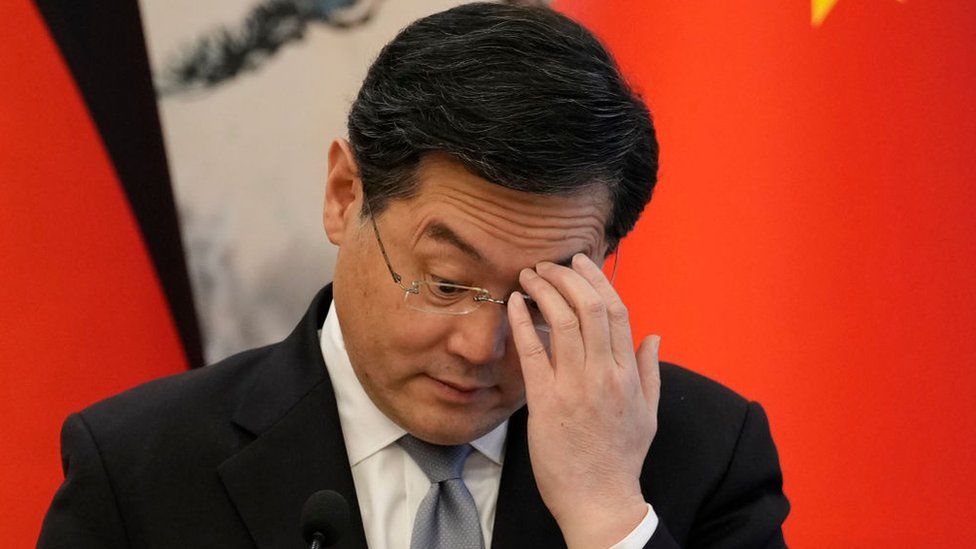 Pool
PoolOne of the most visible figures in China’s government, a rising star who was catapulted into the role of foreign minister by Xi Jinping himself, has been removed.
The announcement that Qin Gang had lost his job was massive news here, but it was delivered, typically, without fanfare and with very little detail.
Just a few sentences on Xinhua wire service – which were then read out on the main evening TV news bulletin – spelt the dramatic end of Mr Qin’s time as the global public face of China, only half a year after he had been appointed.
About a month ago, he had disappeared from his normal duties and the official reason given for his absence was some sort of health issue.
However, as the weeks went on and he failed to re-emerge, speculation turned to the possibility that he was being punished for stepping out of line politically.
Then social media was abuzz with rumours of an affair with a female television presenter, normally quite active on social media, but who had also suddenly “disappeared”.
Some China watchers have wondered if these two potential explanations could be combined: that rivals within the Communist Party have used this moral indiscretion to get him.
Such an affair would not be against the law, but it could be construed as a potential breach of Party discipline.
Then again, the possibility that an overwhelming health emergency played a part also can’t be ruled out.
What’s more, because of the extremely opaque nature of Communist Party governance in China, none of these options can be confirmed, nor can they be dismissed.
One of the most surprising aspects of Qin Gang’s demise is that he was seen as having the clear backing of the country’s all-powerful leader.
Xi Jinping brought him back from Washington, where he had been serving as ambassador to the US.
Immediately, analysts were watching his behaviour to see how much of a “wolf warrior” he might be in this new role. The wolf warriors were a group of Chinese diplomats who’d taken to social media in loud support of China, even if it meant abusing others as a means of turning attention away from the nation’s woes.
Going right back to his time as foreign ministry spokesperson, Qin Gang had been known for his capacity to take a tough stance in defence of China, but also as someone who could turn on the charm.
The fluent English speaker and avid sports fan was seen in the US taking shots from the free throw line at NBA games or, during an earlier posting in the UK, cheering on his beloved Arsenal.
For some in the Party, maybe this type of person wasn’t “wolf warrior” enough.
On the many occasions I have met him, he enthusiastically defended his country and presented it to others the best way he could.
He seemed like exactly the type of modern, sophisticated, servant that the Communist Party needed – someone they would have bottled and churned out a hundred times if they could.
But now his fate is unknown. References to Qin Gang are already being removed from the Foreign Ministry website.
And, whichever way you consider it, it can’t be good.
Related Topics
-
-
13 May 2020
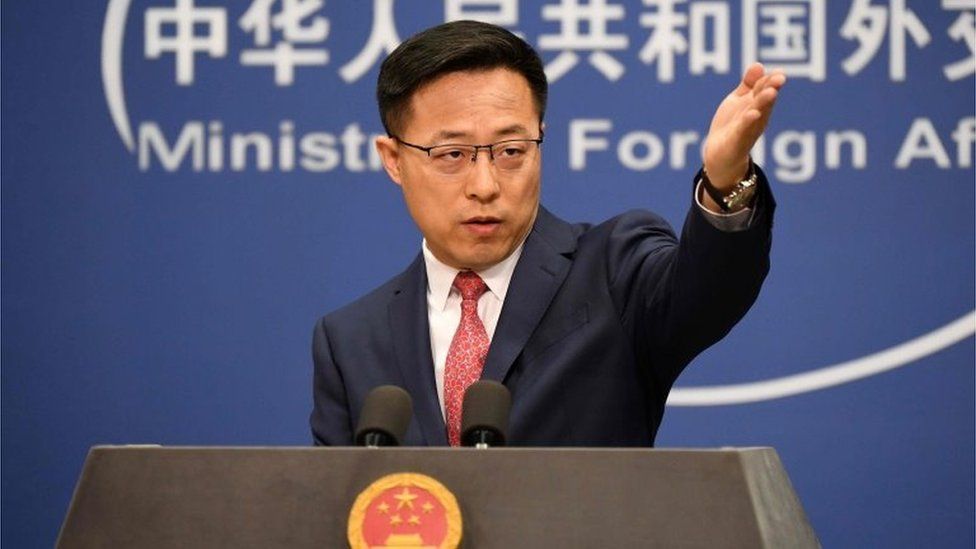
-
‘Silver fox’ Wang Yi returns to lead China’s foreign ministry
BEIJING: China’s top diplomat Wang Yi has been given back his old job as foreign minister, one he had held for almost a decade from 2013, after the shock removal of his short-lived successor. Wang, 69, is a career diplomat and fluent Japanese speaker who served as China’s ambassador inContinue Reading
Man arrested after allegedly stealing jewellery worth S$27,000 during meetup
SINGAPORE: The police on Monday (Jul 24) arrested a man for allegedly stealing a piece of jewellery valued at more than S$27,000 (US$20,320). In a news release on Tuesday, the authorities said the man, 24, posed as a legitimate buyer and met the victim at about 6.40pm on Sunday toContinue Reading


